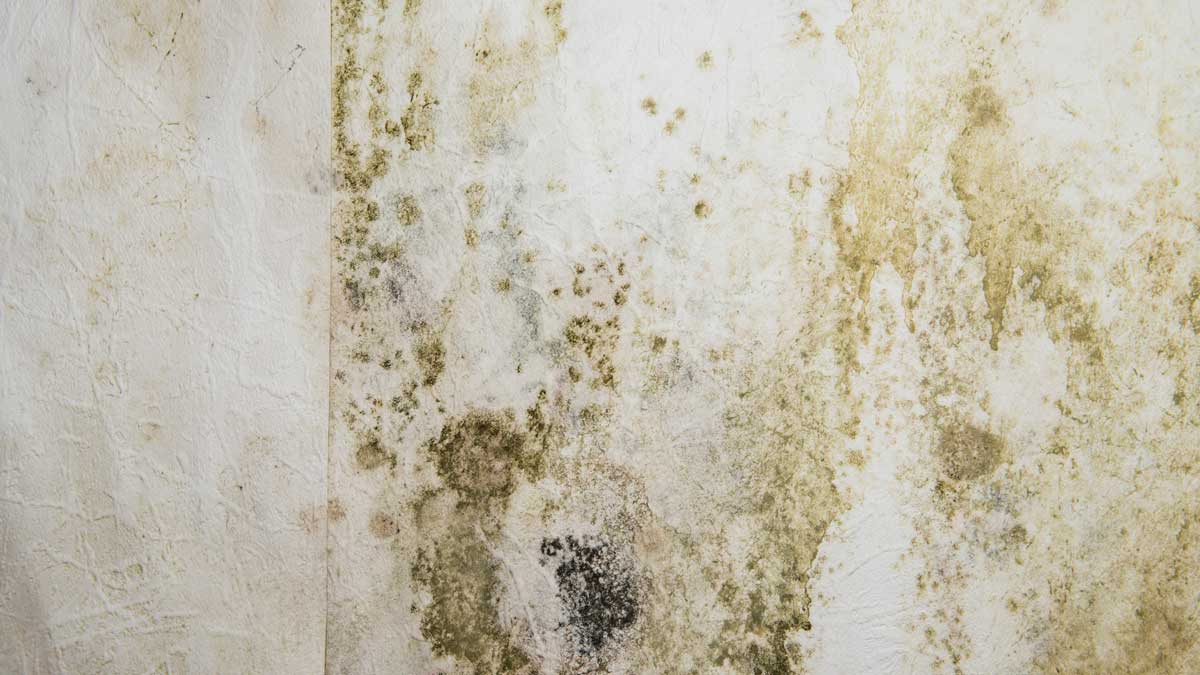Keeping mold away from concrete
There is no way to entirely get rid of mold.
Mold is all around us. Its spores are in the air we breathe and the spaces we inhabit. We come in contact with mold in every area of our lives, even if we’re not completely aware of it.

But that doesn’t mean it will grow.
Without a hospitable environment, mold won’t grow. That means moisture. Moist areas are much more likely to provide a home for mold, and if you’re not careful about limiting moisture you may run into a problem.
Concrete may look like it’s a completely solid surface that wouldn’t support mold, but under the right conditions that may not be the case. Can mold grow on concrete? When? Is it a problem? And how can you avoid it?
Mold on concrete
Mold can’t grow without the right conditions, and just like any other living organism it needs food, water, oxygen and shelter (or the right environment). High humidity areas are the most prone to mold growth. That takes care of moisture and the right environment. Oxygen is usually a given.
Food is usually provided by the surface the mold is growing on. In the case of concrete, there’s not much sustenance. Usually mold will only grow if there’s some debris and other material for it to grow on. You should keep concrete clean to avoid growth.
Warmth makes it easier for mold to grow as well, though moisture is the main risk factor. You’ll see less mold in the winter and more in the late spring through early fall. Areas that aren’t climate controlled are more at risk.
Controlling mold
It’s possible for mold to grow inside concrete if it’s not installed properly and doesn’t cure correctly. Proper mixing and curing will make sure this doesn’t happen.
Humidity control is one of the biggest things you can do to avoid mold growth on concrete. Proper drainage will ensure water doesn’t build up and leave wet patches that are ripe for mold. A dehumidifier may also help, depending on the space.
Cutting off the food source will help too. That means keeping concrete clean. Sealing concrete will keep it from getting mold penetration, which can cause recurring issues.
Mold is unsightly and can damage your building and your occupants’ health over the long term. Don’t let it grow.
